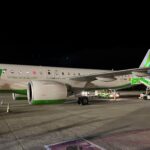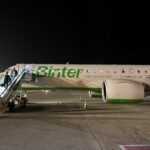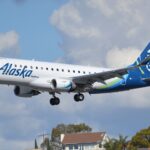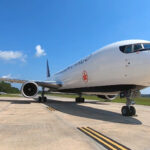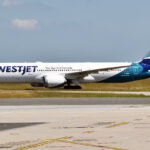
The Canary Islands have long been a huge touristic destination. Steady climate all year and the fantastic landscapes are naturally a decoy for continental European tourists who would like an escape, particularly during the Winter, from their snowy home cities.
While the mainland-Canaries were always served by the major continental airlines, from 2019 Binter started receiving Embraer E195 E2 jets. This will allow the airline to leap from an interisland connector (which remains the airline’s focus) to a true connector to the mainland, something it tried to no avail in the early 2000s.
As such, Aviacionline was invited by Binter to the archipelago to cover this transition — and, on our way, we took the opportunity to write about the experience.
NT9301 TRN-LPA
Now as you may know, the market in Europe is incredibly competitive. Going against the established airlines with a smaller aircraft would not be the greatest idea, which is why Binter has been seeking destinations with little or no competition.
This was the case with their Italian destinations. Before the pandemic hit, Italy was not even in the top five inbound countries into the Islands, being behind much smaller countries of the Netherlands, Ireland and Sweden.
As such, there are underserved destinations — the perfect target for Binter to stimulate. The airline has been flying between Las Palmas in Gran Canaria and Florence, Venice/Marco Polo (Ryanair flies from nearby Treviso) and Turin, from where I would fly that Tuesday afternoon.
I arrived at the airport after a five-hour train ride (three of which in the Florence-Turin Frecciarossa high-speed train) and 45 minutes in a shuttle from the city’s Porta Nuova station.
I arrived with some advance to Binter’s check-in position and, although I had already checked-in online, I wanted to take a window seat. There was no line and in half a minute I had my boarding pass in hand.

As with most smaller terminals in Europe, Turin’s Caselle Airport tries to position itself as a closer, more seamless experience — out of the orbit of the Milan airports, albeit these have more nonstop destinations.
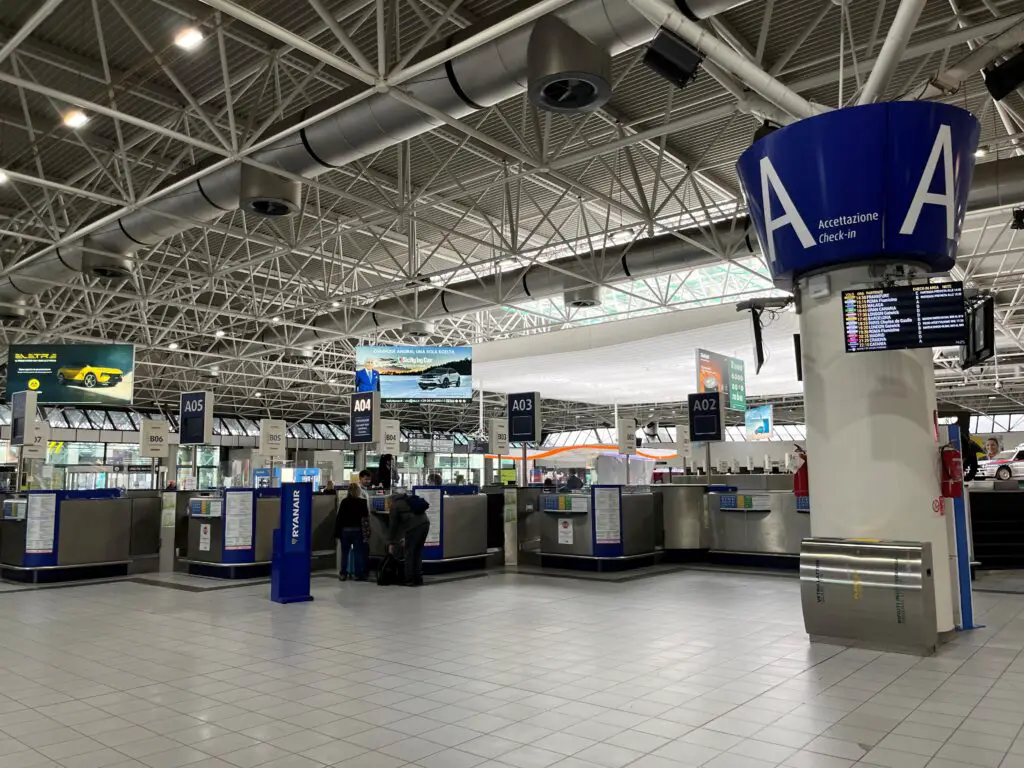
Again there was no line for the safety screening; in less than five minutes I was on the airside. Either way, there were not many flights departing that day — it gets way busier in Summer.
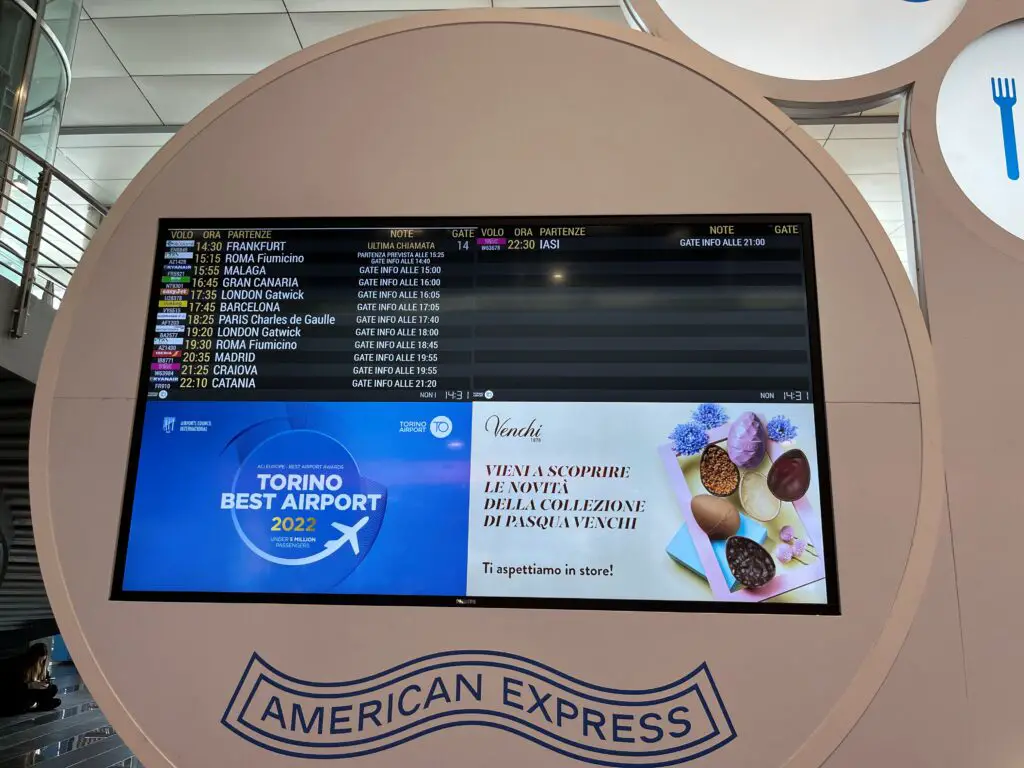
Some hours later, it was time to board — the process started on time, at 16h14.

That afternoon’s flight would be operated by Embraer E195 E2 EC-NHA. Named «Gran Canaria», it was delivered to the Canarian airline in the first batch of three E2s in December 2019, according to Planespotters.net.
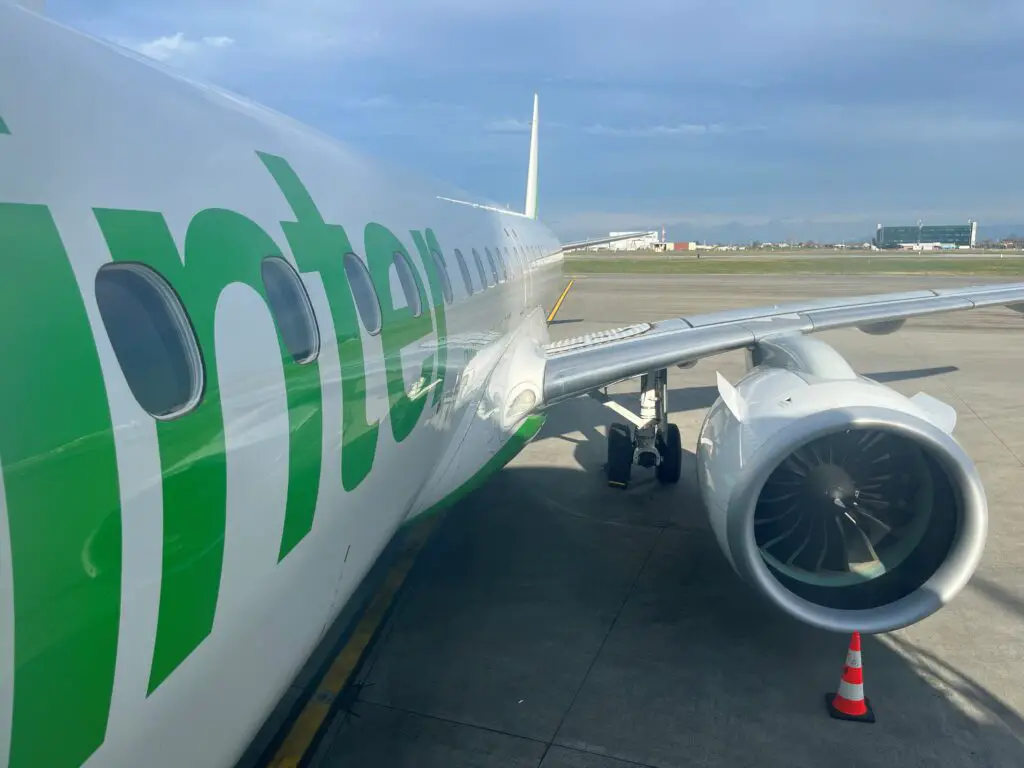
By the way, the «sistema Binter» (Binter system) is composed of two different airlines: Binter Airlines and CanAir.

The first impression of the cabin was quite good (but then, the E2 series is a great evolution from the E1, which is already a terrific airplane). The seats in red leather are an interesting choice.
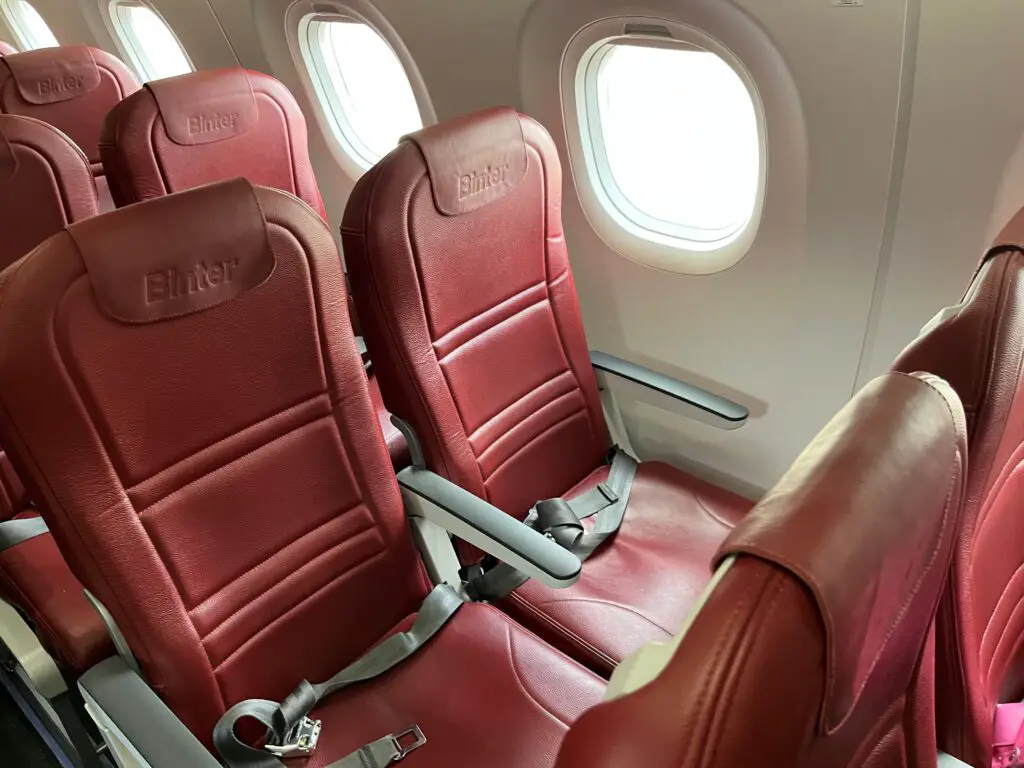
I had a seat over the wing, but because the flight was not really full and I preferred a seat more up front, as soon as boarding was over, the purser allowed me to jump to a row near the bulkhead.
The flight was not very full, with just around 80 seats occupied, so boarding was relatively fast; doors were closed at 16h41 and pushback started three minutes later, one minute before scheduled departure.
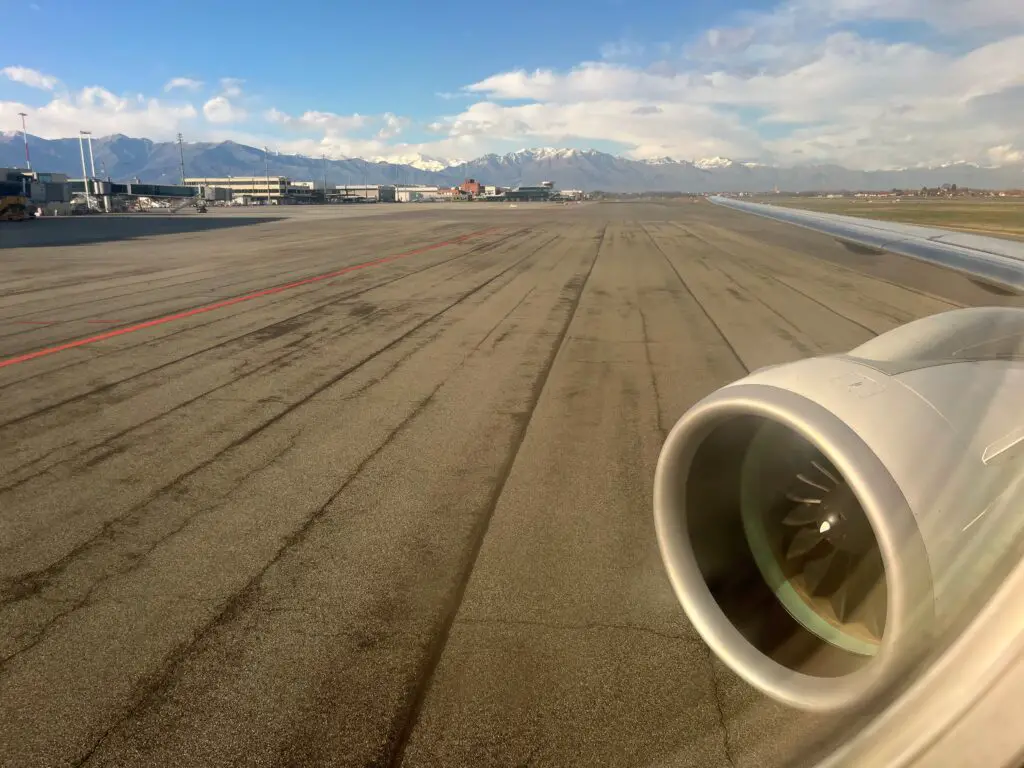
Geared with a pair of Pratt & Whitney GTF engines (the same project that powers the Airbus A220 and the A320neo), the E2 is one of the quietest jets in the business, and it really shows. From start-up to take-off all the way to cruise, it is a sensible evolution from the E-Jet’s previous generation.
Taxi to Caselle’s runway 36 was short — the airport being relatively small — and at 16h52 EC-NHA took off from Turin.
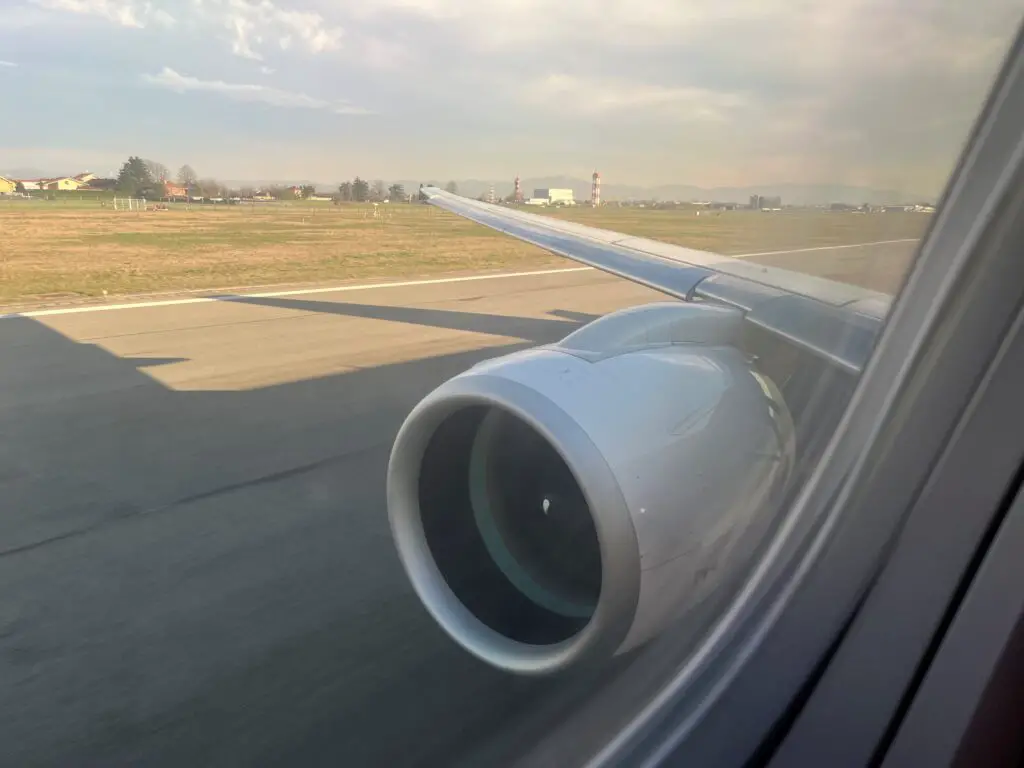
The wingflex of the E2 project is really beautiful — one of the main developments, besides the engines, of the next generation over the E1.

It took some time, and some 35 minutes after departure, the onboard service started — by then, I’d moved to the row in front of me, so I could recline without annoying anyone behind me. The seat did have standard recline.
While the first rows were being served, the seatbelt sign was turned on again
Beyond its inventive continental network, Binter tries to make a compelling value proposition to customers by offering a complimentary, «not-low-cost» onboard service, with alcoholic drinks, bread and some other small bites.
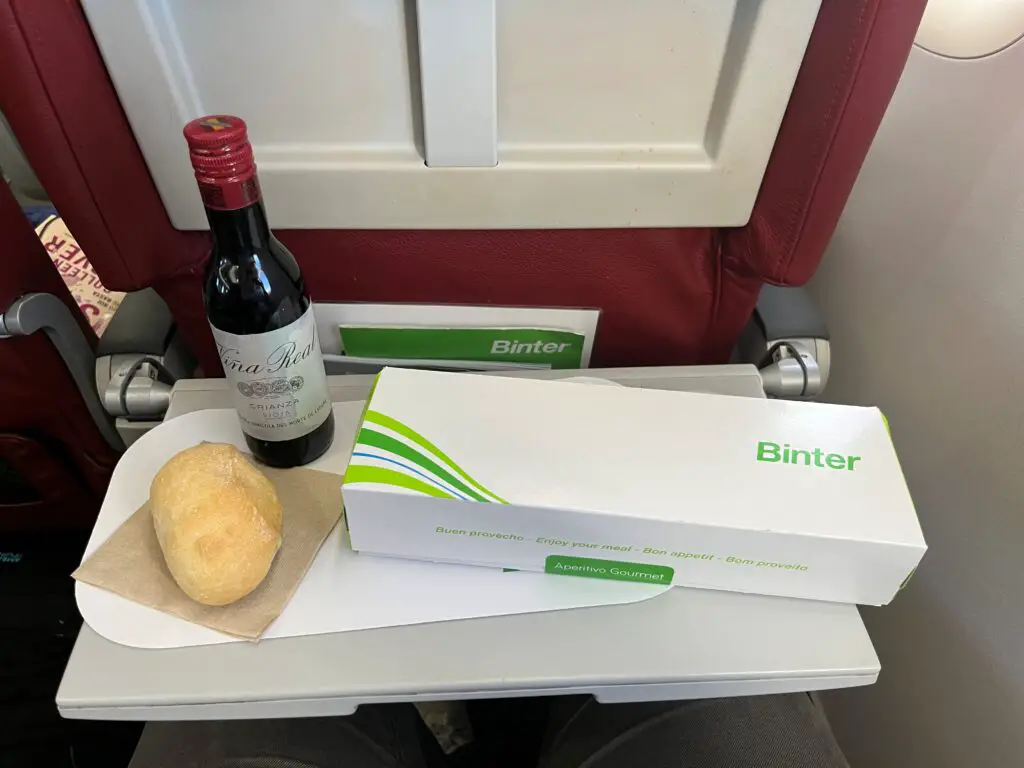
The snack box had a little bit of everything, and it was really well presented. It had fresh products, including some slices of ham.
It was surprising for other Binter first timers, such as the passengers across the aisle from me, which even asked if they had to pay anything for that, just to be sure.
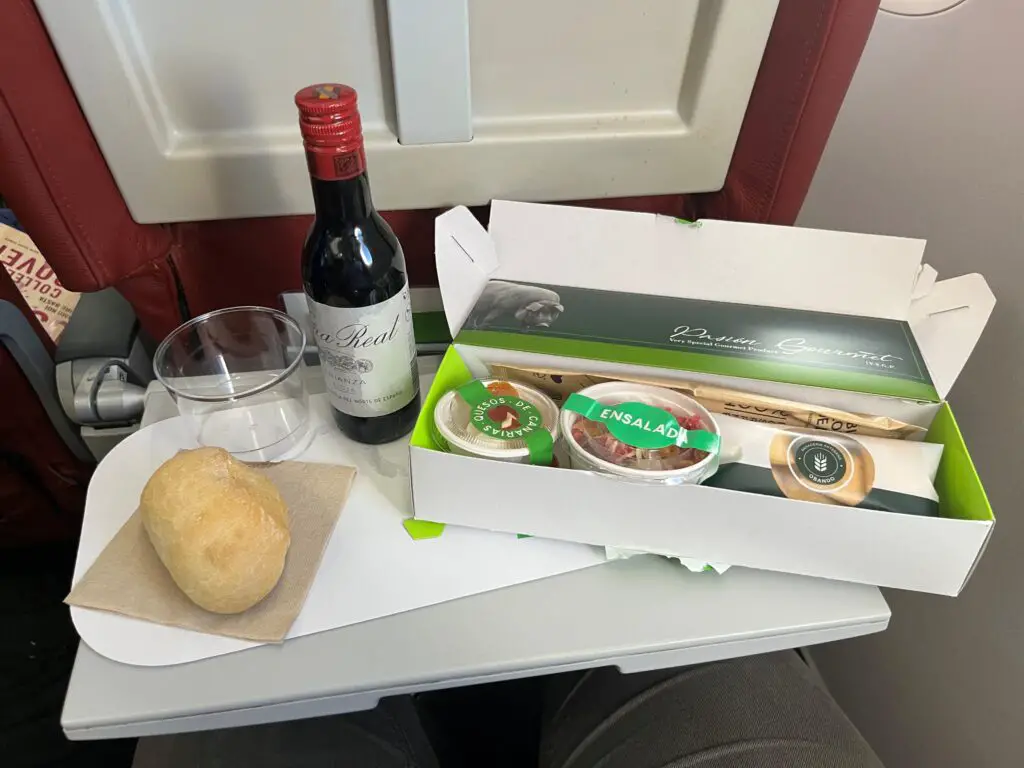
After we were finished, the flight attendants passed (twice!) with a round of coffee and tea.
They, I have to add, were really superb brand ambassadors. While most of the passengers were Italian (many of which didn’t speak a word of Spanish), they tried their best to even scratch some Italian.

From the outside, the view was starting to get wonderful.

From the inside, the E2 cabin feels very fresh and spacious with its 2-2 standard — better than most narrowbodies with their 3-3 configurations.
I mean, I am definitely suspicious, given I come from the country that produces these beautiful jets, but I’m sure most passengers appreciate this plane. I remember when Azul launched its operations (and before they got their hands in its A320neos), one of the great advantages they promoted was the lack of a middle seats in the E-Jets. And it’s true, it’s just way better.
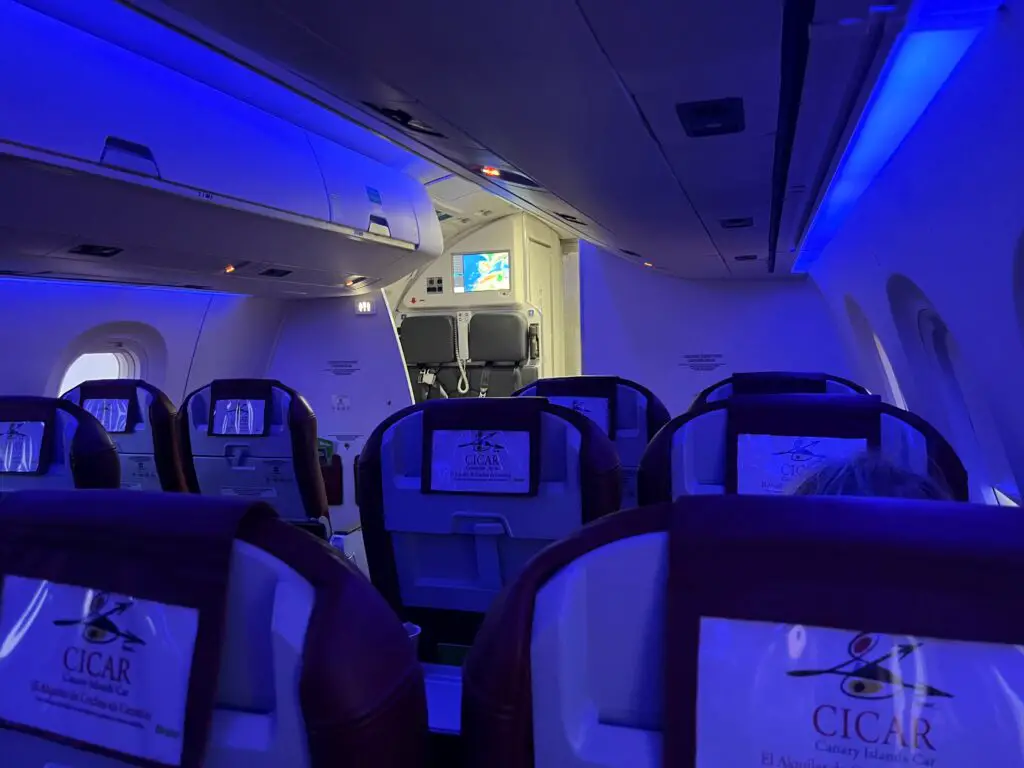
It seems the entire Binter fleet has this smart advertising spot behind each seat.
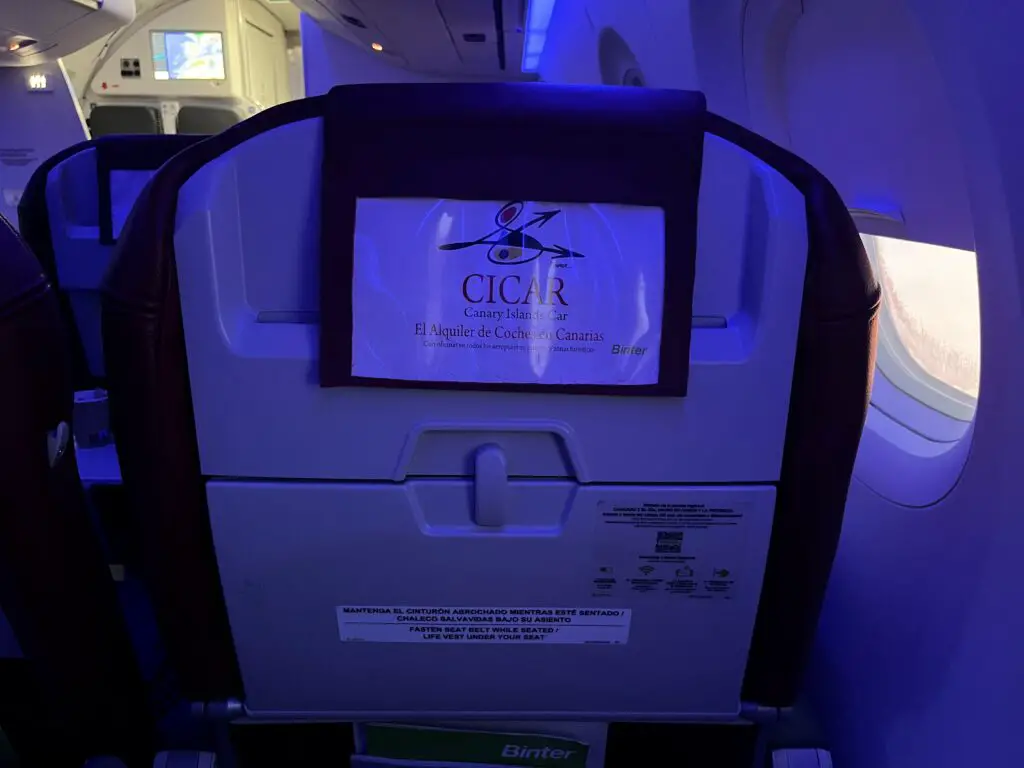
As for space for the legs, that should not be a problem with Binter. Their E195 E2 can carry 132 passengers in a single class. As a comparison, Azul carries 136. That translates into a seat pitch, according to Binter, of 31 inches — more than Iberia Express’ 28, Vueling’s 29 or Ryanair’s 30.
Also very importantly, Binter also offers power plugs in all seats — something not many do in Europe, so that was a great differential too.

The Canarian airline also publishes a monthly magazine — again, something that is getting rare here in Europe as of late. It looks to be well edited, but it does lack text at times.
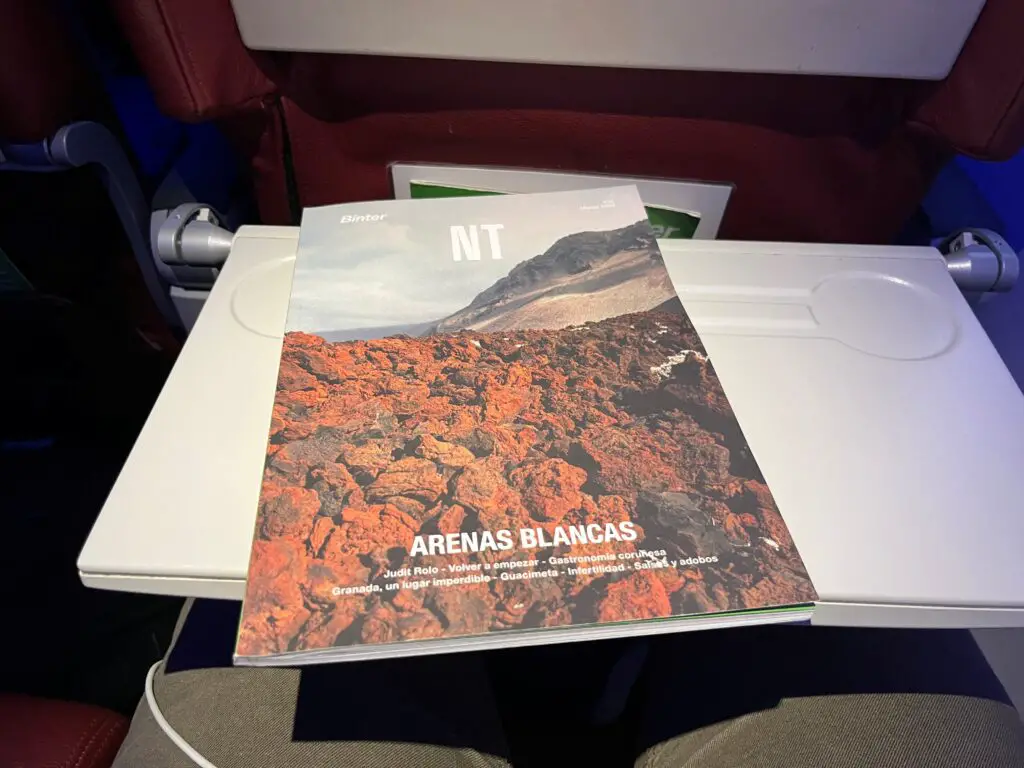
Back to the outside, the views were just stunning — I’ll let the pictures do the talking.
The sunset made most passengers from the other side of the cabin to cross the aisle to take their pictures.
On the entertainment side, Binter also offers a wireless system, with audio and video options. While I did use the interactive map (which showed the icon of an ATR instead of an E-Jet), I had downloaded a book to read during the flight so I didn’t use it much, but it did connect to my phone with no problem.
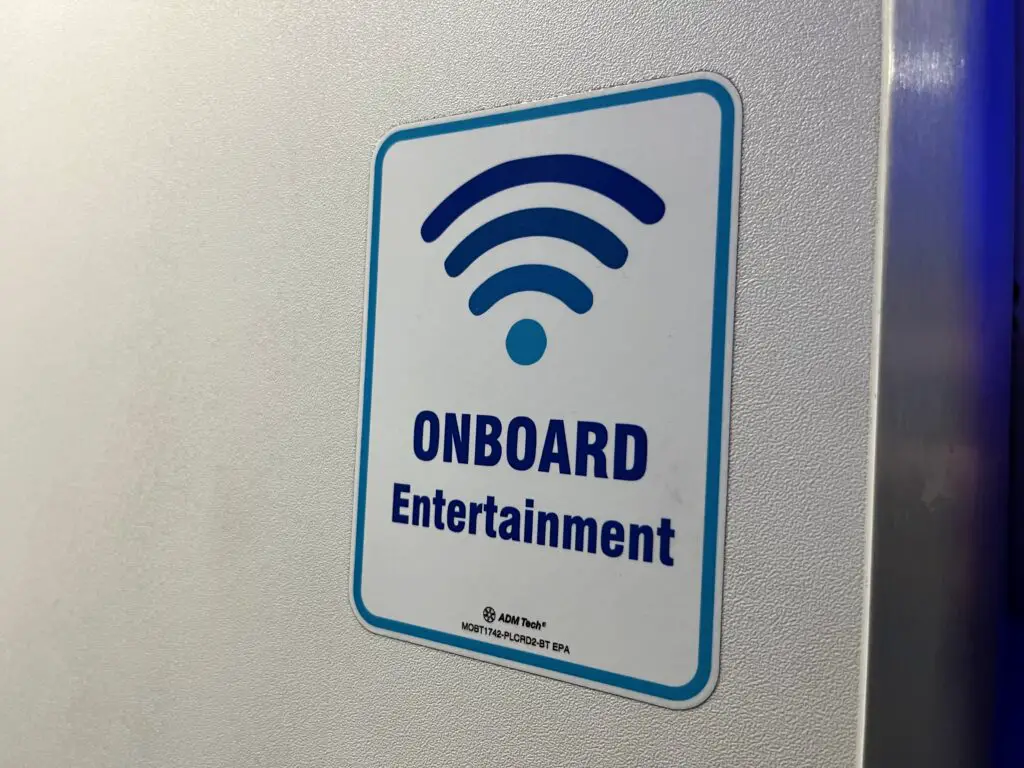
The sun set as we approached the archipelago; one could see some of the islands (I think Gran Canaria and Tenerife?) approaching in the horizon. At 19h32, we started our descent into Las Palmas.
A smooth descent followed, and we arrived at Gran Canaria’s International Airport at 19h57 (eight mins before schedule).
While we taxied to our parking position, the gates for some of the connections were announced via the PA system — the hub in Las Palmas is an important part of Binter’s Continent-Canaries business. That night, our flight would connect to Dakar, Fuerteventura, Lanzarote, Sal, Tenerife Norte and Tenerife Sur.
I waved goodbye to the crew and made my way to the bus.

The bus ride took no more than five minutes; as this was an intra-Schengen flight, there was no passport check.
Ours was one of the last international arrivals of the night.
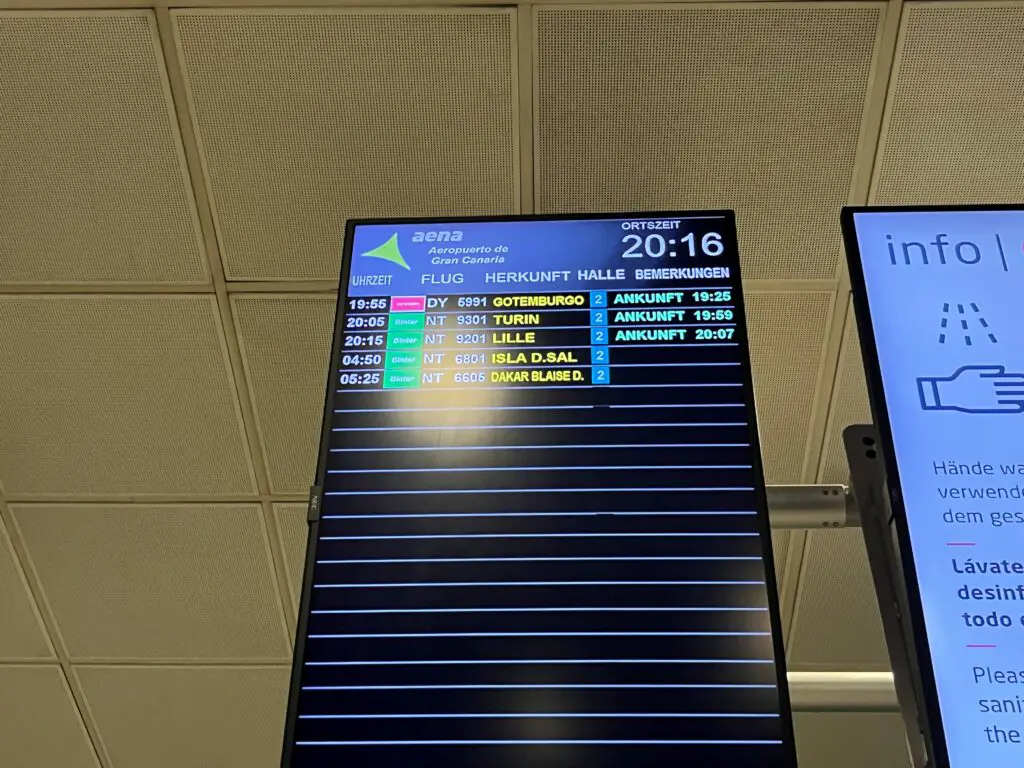
In ten more minutes I was at the bus stop to Las Palmas’ city center; I was tired, but this was definitely a great experience with Binter.
Final remarks
Binter’s approach is clearly not the one to offer rock-bottom fares but, in return, to offer a no-frills product. Rather, the Canarian airline really tries to provide its customers a more comfortable flight experience, and it shows; naturally, that comes at a higher cost.
The Embraer E2 is the best in its class (but again, as a Brazilian I might be highly suspicious!). But the airplane alone does not a good experience make, and Binter did a great job with the seats, which look pretty in that red leather. The less dense cabin also helps, with a pitch that is higher than its competitors’.
Then there is the good entertainment system, the lovely staff and the great snack box, with fresh products and alcoholic drinks — in an Economy class, intra-Europe flight. I was as positively surprised as the passengers across the aisle from me.
So the verdict could not be anything other than positive. By flying the right plane to the right cities from its Canarian bases, Binter is building a very interesting value proposition for continental Europe travelers. And they are making good use of this opportunity with a strong product.












